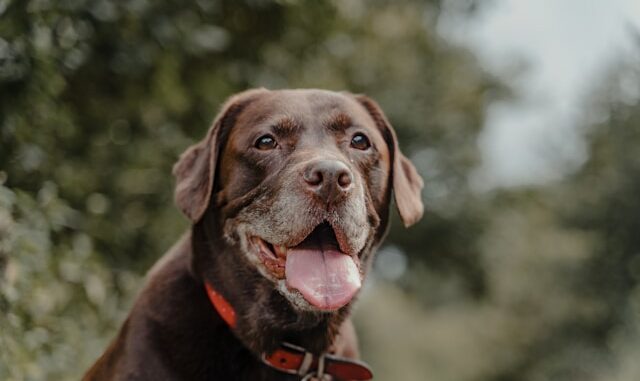
In Ontario, dog bites are a serious concern. While most dogs are friendly companions, even the best-behaved dog can react unexpectedly. The Dog Owners’ Liability Act (DOLA) establishes strict liability for dog owners, meaning they are financially responsible for injuries caused by their dog, regardless of prior knowledge of aggression. However, in cases of severe or repeated aggression, the DOLA allows for a dog to be designated as “dangerous,” leading to additional restrictions. This article explores the legal process for declaring a dog “dangerous” in Ontario and the potential consequences for dog owners.
From Bite to Designation: The Legal Process for Deemed Dangerous Dogs
The process for declaring a dog “dangerous” can be initiated in two ways:
- Court Order: Following a dog bite incident, the victim might file a lawsuit against the owner. During the court proceedings, if the judge finds the dog poses a significant threat to public safety, they can issue a “dangerous dog” designation as part of the judgement.
- Municipal By-Law Enforcement: Municipal animal control officers can investigate dog bite complaints. If they have reasonable grounds to believe a dog poses a significant threat, they can initiate proceedings to declare the dog “dangerous.” This typically involves a hearing with a municipal official who will review evidence and make a final decision.
The Burden of Proof: Establishing Dangerous Propensity
For a dog to be designated “dangerous,” there needs to be clear evidence of its propensity to attack or cause serious injury. Here’s what factors might be considered:
- Severity of the Bite: The seriousness of the injuries inflicted during a bite incident plays a significant role. More severe injuries are more likely to lead to a dangerous dog designation.
- Prior Bite History: A history of previous bites, especially unprovoked attacks, strengthens the case for a dangerous dog designation.
- Temperament Evaluation: Animal control officers or qualified animal behaviorists might evaluate the dog’s temperament to assess its potential for aggression.
The Weight of Evidence: Presenting a Compelling Case
If you are the victim of a dog bite and are considering legal action, your lawyer can gather critical evidence to support a dangerous dog designation:
- Medical Records: Detailed medical records documenting the extent of your injuries strengthen the case.
- Witness Statements: Statements from any witnesses who observed the attack can corroborate your account of the incident.
- Animal Control Reports: If animal control officers responded to the scene, their reports can provide valuable details about the dog’s behavior.
Consequences of a Dangerous Dog Designation: Restrictions for Owners
If a dog is declared dangerous, the court order or municipal by-law will outline specific restrictions for the owner:
- Muzzle Requirement: The dog will likely be required to wear a securely fitted muzzle whenever it is in public spaces.
- Leash Laws: Strict leash laws might be enforced, requiring the dog to be on a leash of a specific length, controlled by a capable person, at all times when outdoors.
- Confinement Requirements: The dog might be required to be confined to a secure enclosure within the owner’s property whenever it’s not indoors.
- Warning Signs: The owner might be required to post warning signs on their property indicating the presence of a dangerous dog.
- Financial Security: The owner might be required to obtain liability insurance with a specific coverage amount to financially protect the public from future incidents.
Potential for Appeal: Challenging a Dangerous Dog Designation
If your dog is designated dangerous, you have the right to appeal the decision. Here’s what you can do:
- Legal Representation: Consulting a lawyer experienced in animal law can increase your chances of a successful appeal.
- Behavioral Training: Enrolling your dog in obedience training and working with a qualified animal behaviorist to address aggressive tendencies can strengthen your case for an appeal.
- Expert Evaluations: Obtaining reports from veterinarians or animal behaviorists who have evaluated your dog and believe it no longer poses a threat can be helpful evidence.
Prevention is Key: Responsible Dog Ownership
While legal consequences exist for dangerous dogs, the best approach is always prevention. Here are some tips for responsible dog ownership:
- Socialization: Socialize your dog from a young age to ensure they are comfortable around different people and animals.
- Obedience Training: Proper obedience training promotes good canine behavior and helps you control your dog in various situations.
- Understanding Dog Body Language: Learn to recognize signs of stress or anxiety in your dog to intervene before a potential situation escalates.
- Leash Laws: Always follow leash laws in public spaces to maintain control of your dog and prevent unexpected
